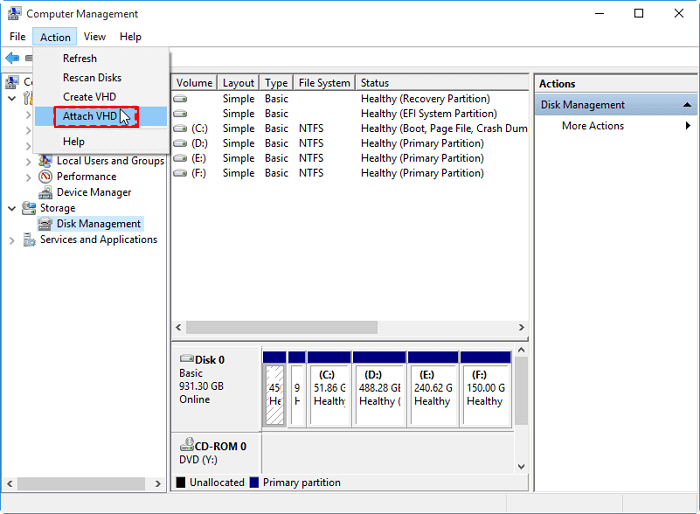

With Acronis products, there are a couple of different methods you can use to create Hyper-V VM files. With both Acronis Backup and Acronis Backup Advanced, you can convert physical system backups to useable Hyper-V virtual machine files in just a few steps. Fortunately, Acronis Backup provides a couple of easy ways to perform the conversions quickly and properly. And, if you miss or make a mistake on even one step of the process, the converted files won’t work or boot. Acronis Offers Multiple Options for ConversionsĮven under ideal circumstances, using the traditional method to covert physical system drives to create a bootable and useable Hyper-V VM takes a lot of effort and time. Failure to do so will often result in failed VHD conversions that will not boot inside Hyper-V. Besides the primary installation drive, you must also select the logical drives for the boot and System Reserved partitions. More importantly, though, is the fact that selecting all the logical drives needed for a successful conversion can be confusing and complicated. With Disk2VHD, you must configure Hyper-V manually before you are able to use the converted files. While Disk2VHD is an effective utility that is relatively easy to use, there are some limitations, such as lack of automation and slow conversion speeds. Microsoft offers a free tool called Disk2VHD that enables you to convert physical hard drive file systems into virtual machine files compatible with Hyper-V. Fortunately, when working with a Hyper-V environment, there are multiple ways to achieve successful physical-to-virtual system conversions. However, if you already have a physical server or machine performing certain tasks or operations, it may be beneficial and cost-effective to move those installations to virtual environments. In most use-case scenarios, virtual machines are created as “new” instances and then configured with operating systems and software as needed to perform required tasks. How? Lower hardware costs, lower energy costs, and lower maintenance costs are just a few. Whether it is for hosting multiple smaller websites on a single server or creating a VM to run legacy applications, virtual machines are not only much more efficient, they save money and resources.

There are many reasons you might want to create a Hyper-V virtual machine. Why Convert a Physical System to a Hyper-V Virtual Machine? In this article, we will discuss how Acronis Backup can help you take advantage of the Microsoft Hyper-V virtualization technology to increase efficiency and lower your hardware footprint. From data centers to end users, virtual machine platforms such as Virtual Box, VMWare, and Microsoft’s Hyper-V are seeing tremendous growth in use and adoption.


 0 kommentar(er)
0 kommentar(er)
